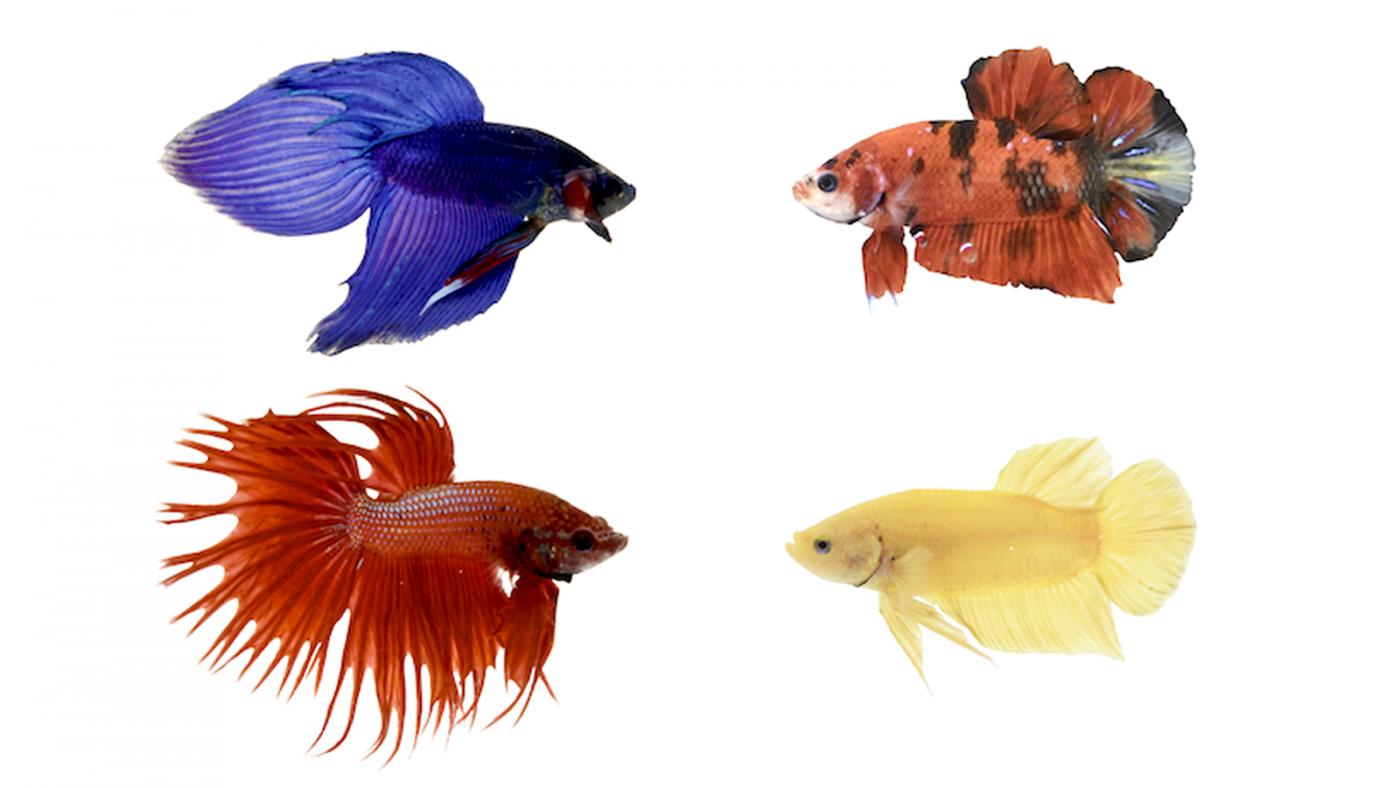Everything About Betta Fish: Comprehending Their Unique Demands, Habits, and the Ideal Practices for Optimum Care
Understanding the one-of-a-kind requirements and behaviors of Betta fish is crucial for any type of aquarist wanting to provide optimum care. These fascinating creatures, belonging to the cozy waters of Southeast Asia, exhibit distinctive territorial propensities and need particular environmental problems to grow. From choosing the right container size to recognizing possible wellness concerns, different variables significantly affect their health. As we discover these components even more, the implications for both amateur and knowledgeable fish caretakers become significantly evident, increasing concerns concerning just how best to accommodate these amazing fish in our homes.
Betta Fish Summary
Although usually appreciated for their vibrant colors and flowing fins, Betta fish, medically called Betta splendens, are intricate animals that require particular treatment to thrive. Originating from Southeast Asia, these freshwater fish are understood for their territorial nature and one-of-a-kind behaviors. Betta fish exhibit sexual dimorphism, with men displaying more vibrant colors and longer fins than females.
Their hostile propensities, specifically amongst men, require cautious consideration when housing them. Bettas are typically kept in single-specimen storage tanks to avoid territorial disputes. However, they can exist side-by-side peacefully with specific compatible species in bigger area containers, gave the atmosphere satisfies their requirements.

To make sure optimal treatment, aquarists need to recognize their one-of-a-kind behavioral qualities, nutritional demands, and environment demands. betta fish. With correct interest, Betta fish can exhibit their vibrant characters and flourish in a properly maintained fish tank setting
All-natural Environment and Environment
Betta fish flourish in a varied variety of all-natural environments, largely found in the superficial waters of Southeast Asia, consisting of rice paddies, swamps, and slow-moving streams. These settings are identified by warm temperature levels, commonly between 75 ° F and 82 ° F(24 ° C and 28 ° C ), and a pH level varying from 6.5 to 7.5, which is ideal for their health and wellness.
In their natural environments, Betta fish are accustomed to thick vegetation, giving both sanctuary and breeding premises. The existence of plants such as drifting water lilies and thick grasses not only supplies protection from predators but also adds to the oxygenation of the water, which is important for their breathing demands. Additionally, these environments typically have locations of still water, permitting Betta fish to exhibit their natural actions such as bubble nesting.
Recognizing the natural environment of Betta fish is essential for aquarium fanatics. Duplicating these conditions-- through water temperature level, pH equilibrium, and the inclusion of real-time plants-- can substantially improve the overall health and wellness and longevity of these exciting fish, guaranteeing they flourish in a home aquarium setting.
Social Actions and Communications
Comprehending the social habits and communications of Betta fish is important for effective fish tank administration. Betta fish, or Siamese combating fish, are understood for their special behavioral attributes, identified primarily by territoriality and aggression.
Conversely, female Bettas exhibit less aggressive behavior and can exist together in groups, called sororities, if introduced appropriately. It is important to check their communications closely, as hierarchy and prominence can lead to conflicts. Comprehending the characteristics within a Betta community is important; developing hiding spots and guaranteeing ample room can mitigate aggression.
Furthermore, Betta fish might also present inquisitiveness and social behaviors in the direction of other species. While they can Extra resources exist side-by-side with certain non-aggressive container friends, it is important to pick suitable species to stay clear of stress and anxiety and aggressiveness. In general, recognizing these social communications is essential to fostering an unified aquarium setting for Betta fish.
Necessary Care Standards
Supplying proper look after Betta fish is critical to their health and wellness and well-being. To guarantee a flourishing setting, it is necessary to maintain optimum water problems. The water temperature level must be kept between 76 ° F and 82 ° F(24 ° C to 28 ° C), while pH degrees need to vary from 6.5 to 7.5. Regular water modifications-- approximately 25% weekly-- aid keep water top quality.
Betta fish require a suitable container size; a minimum of 5 gallons is suggested to give appropriate space for swimming and hiding. Include decors and plants to create a stimulating atmosphere, but prevent sharp objects that can hurt their fragile fins.

Lastly, guarantee the storage tank is furnished with a filter to maintain the water clean, but use a gentle filter to avoid solid currents that can emphasize the fish. By adhering to these important care guidelines, owners can advertise a healthy and balanced and vivid Betta fish.
Common Wellness Issues and Solutions
In the care of Betta fish, recognition of common health issues is crucial for preserving their wellness. To treat fin rot, improve water problems and think about making use of a broad-spectrum antibiotic.
One more typical ailment is ich, a parasitical infection characterized by white places on the fish's body (betta fish). Therapy involves enhancing water temperature level and including aquarium salt to the storage tank, as this can assist remove the parasite
Swim bladder problem is additionally often observed, bring about buoyancy issues. This problem may arise from overfeeding or constipation. A fasting period of 24-48 hours, adhered to by a diet of blanched peas, can provide alleviation.
Last but not least, bettas might struggle with velvet illness, indicated by a gold dust-like look on their skin. Treatment usually needs medication particularly created for exterior bloodsuckers, alongside enhanced container health.
Normal tracking of water specifications, keeping a tidy atmosphere, and supplying a balanced diet plan great site are important preventative procedures. By attending to these wellness problems quickly, Betta fish can lead much healthier, much more lively lives.
Final Thought
In recap, successful betta visit here fish treatment needs an understanding of their distinct demands and habits. Regular tracking of health and water high quality, along with a well balanced diet regimen, adds to the durability and vibrancy of betta fish.
Comments on “Betta Fish Life-span: Just How to Guarantee Your Betta Lives Longer”